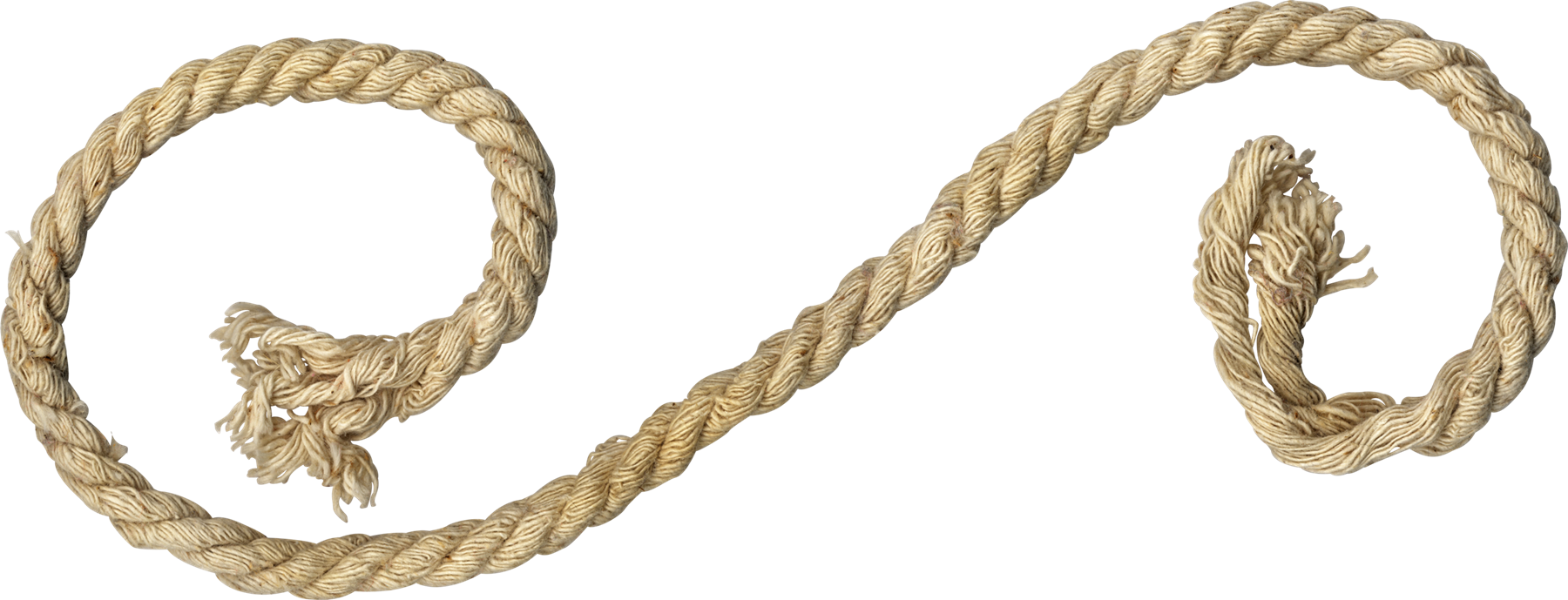Other Agency Programs

Clean Boater
Learn how YOU can be a Clean Boater. Come to the agency office and receive a free Clean Boater bag! Clean Boater Bags will also be given to Boat Oregon classroom instructors to hand out to folks who complete our boating safety course.

Charter, Outfitter & Guide Program
Want to try Whitewater Rafting or other boating activity but aren't sure where to start? Go with a registered Outfitter Guide! Use the Marine Board's Boat Oregon Store to see what businesses are in good standing and meet the safety and legal requirements so you know you're in good hands for your adventure. Click on the Online Services link and select "Guides and Charters Lists." Did you know that any recreation guide needs to register with the Marine Board? Yep...this includes ATV/Dune Buggies, equestrian riding, rock climbing, wilderness adventures, and more!

Agency Budget
Your registration, title, and permit fees, as well as marine fuel taxes, help fund the Marine Board, No lottery, general fund tax dollars or local facility parking fees support the agency or its programs Boater-paid fees support recreational boaters through boating safety services (on-water law enforcement, training and equipment), boating safety education, grants for the construction and maintenance of boating access facilities, and environmental protection programs. Check out the revenue and expenditure projections for the 2019-2021 biennium.

Connect with us Online!





And Sign Up for Boat Oregon News for news releases announcing rulemaking, board meetings, and other pertinent boating safety information, sent to your email.

Abandoned Derelict Vessel Program
Recreational boats are abandoned or become derelict for many reasons. Derelict and abandoned vessels can cause various problems in and outside of marinas, including water quality degradation, pollution, and damage to public and private property when they sink or go adrift. In marinas, they take up valuable slip space and can be a source of pollution. They also decrease the aesthetic value of the area and create hazards for responsible boaters. Learn how to responsibly dispose/recycle your boat when it's past its useful life. Be a part of the solution.

Marine Law Enforcement
The agency contracts with 31 county sheriff's offices and the Oregon State Police to provide on-the-water marine patrol services. Over 42% of the Marine Board's revenue goes toward marine law enforcement contracts and includes cost-sharing for enforcement boats and equipment, marine training for boat handling and enforcing marine laws, and special emphasis patrols to address localized boating safety issues. In cases of a serious boat accident, the agency enlists the expertise of a handful of specially-trained officers (Boat Accident Investigation Team) to do a comprehensive, forensic reconstruction. Marine law enforcement also provides front-line on-water safety to boaters in need and helps evaluate and mitigate (where possible) waterway obstructions. Some county programs also have marine law enforcement certified for dive team operations, swift water rescue, and recovery.
In addition to these duties, marine law enforcement frequently posts boating safety signage at boat ramps, replaces and re-anchors informational/regulatory buoys, proctors boating safety equivalency exams, and goes to local area schools and events to teach boating and water safety.

If you see a flashing blue light or hear a siren, slow down to the slowest possible speed to maintain steering. When going by a stationary law enforcement boat displaying their blue lights, a 200' slow-no wake zone is in effect around their boat.
